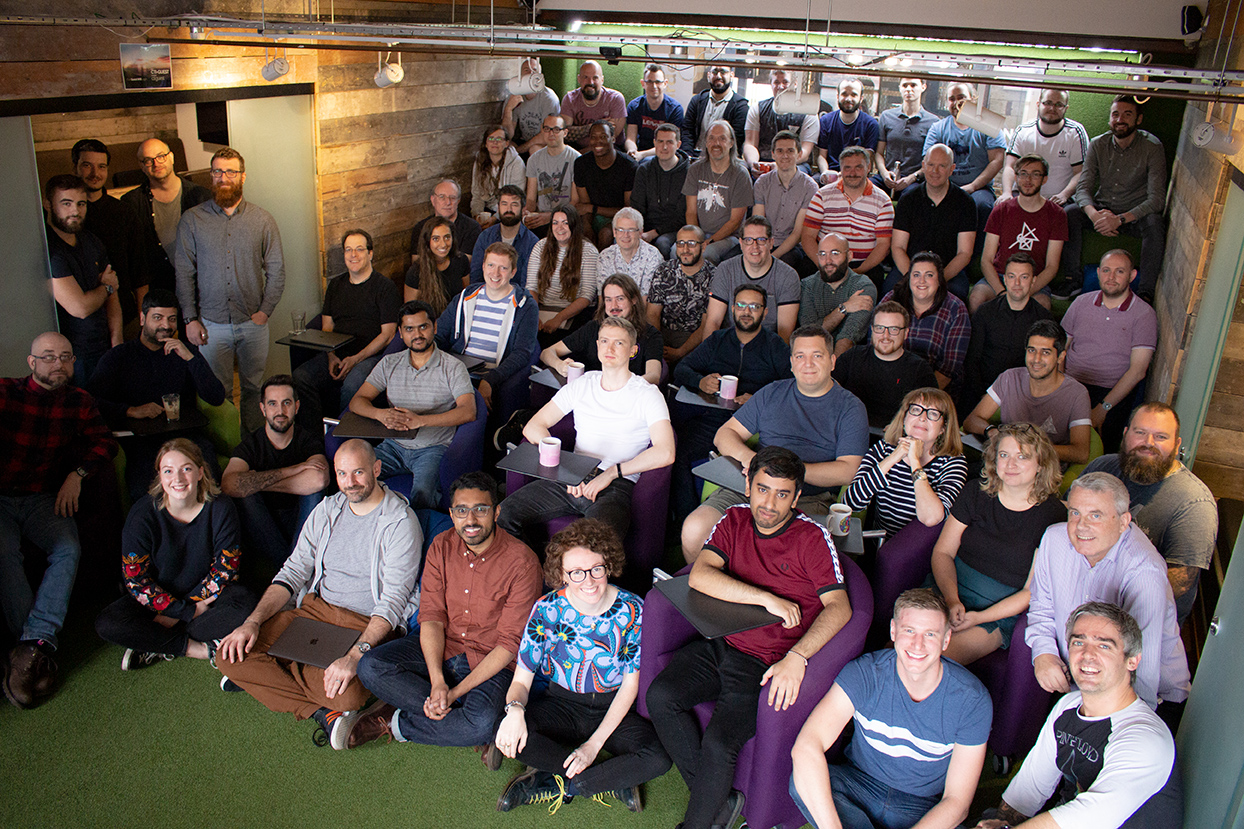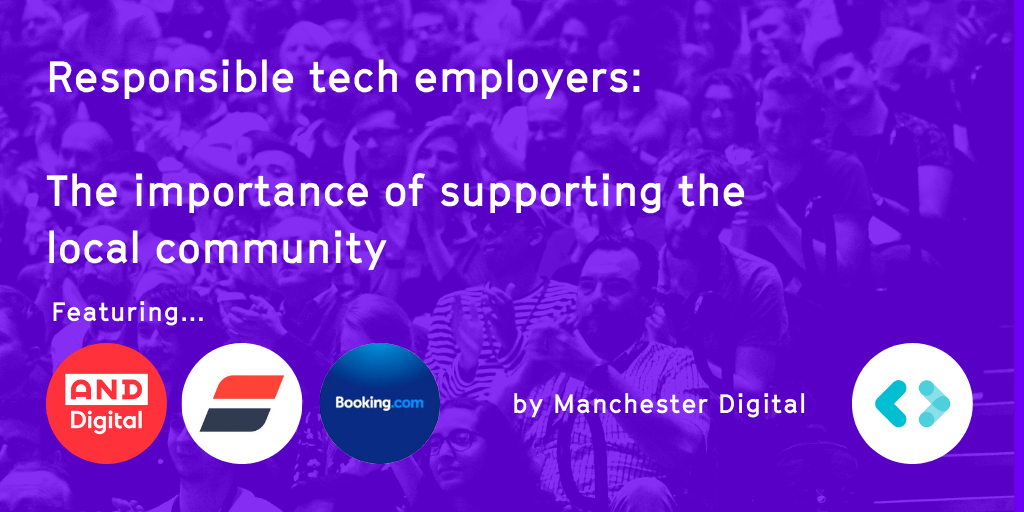
The impact of COVID-19 through 2020 has forced increasing swathes of the population to work remotely. This in turn has placed increasing pressure on businesses that had previously been slow to transform digitally, bringing into relief how vulnerable they were to digital change, and dramatically accelerating their need to transform operations in order to both communicate and collaborate with their employees and partners, but also to deliver services and engage with their customers and stakeholders through digital environments.
A persistent issue holding back the pace and scale of many industries’ digital transformation ambitions relates to a reluctance to swap out desktop-centric, weighty, and cumbersome enterprise legacy tech, which is increasingly burdensome and costly to maintain.
Successful digital transformation promises to improve customer experience and organisational effectiveness whilst reducing operational costs through the innovative use of technology and data.
To fulfil this promise, end-to-end service transformation is required; a piecemeal approach that focusses solely on building new customer facing applications at the expense of modernising legacy back-office systems risks creating services that are disjointed, costly and unnecessarily complex.
Any whole-of-enterprise or whole-of-government approach to addressing legacy infrastructure needs to be rooted in a practical reality. In some 25 years of modernising enterprise systems, we have noted a number of critical success factors in being able to address and overcome the constraints of legacy IT systems as part of a wider digital transformation.
These factors condense into our 8-point solution for legacy modernisation covering measurement, leadership, skills, design, delivery, investment, motivation, and strategy, each of which we will be introducing in the coming weeks. To kick-off with, let’s take a look at measurement and leadership.
Measurement
The scale, constituency and cost of legacy should be known, measured and acknowledged.
Many public bodies have only partial knowledge of the true extent of their legacy estates. As a result, they are unable to accurately measure the cost of legacy or to assess the limitations it represents to future service design and transformation. Those organisations that have made good progress to addressing legacy began by identifying, measuring and documenting the true extent of their legacy estate, whilst also acknowledging the constraints it puts on organisational performance. This creates a baseline from which progress can be measured and the case for investment can be built.
Leadership
Addressing legacy is a leadership issue that requires visible executive-level support and sponsorship.
Tackling legacy infrastructures that underpin critical operational services can present significant risk; the necessary skills and knowledge to carefully unpick the web of applications and modules are usually in short supply, whilst running both the old and new in parallel means estates typically become more complex before they become more simple.
Transition risk can account for much of the reticence to tackle legacy by CIOs or senior IT managers who may not always be in post for the length of time required to see through legacy modernisation. Successful organisations identify and own these long-term risks at Board level and provide appropriate leadership and sponsorship of legacy modernisation programmes for the required duration.







